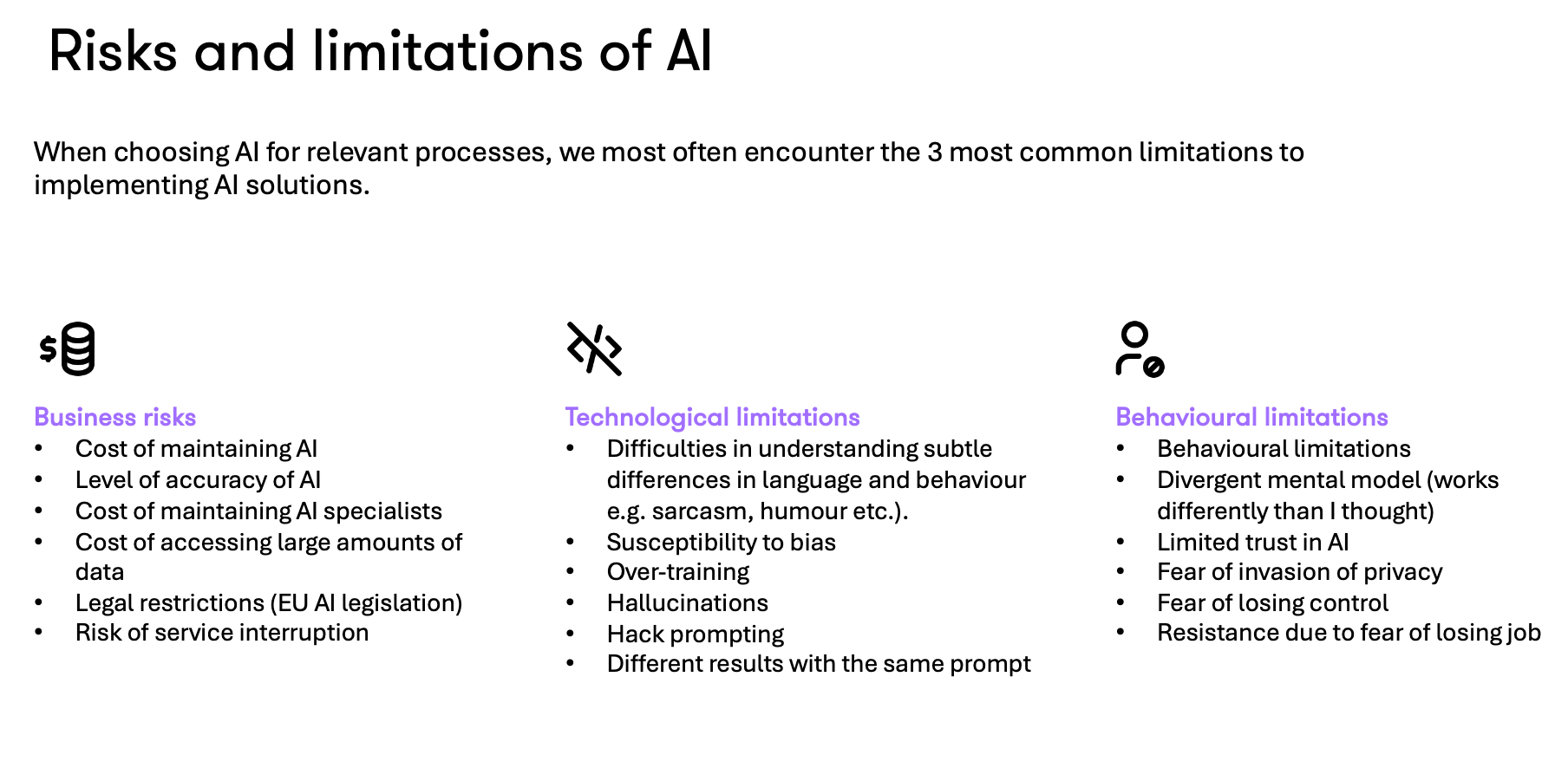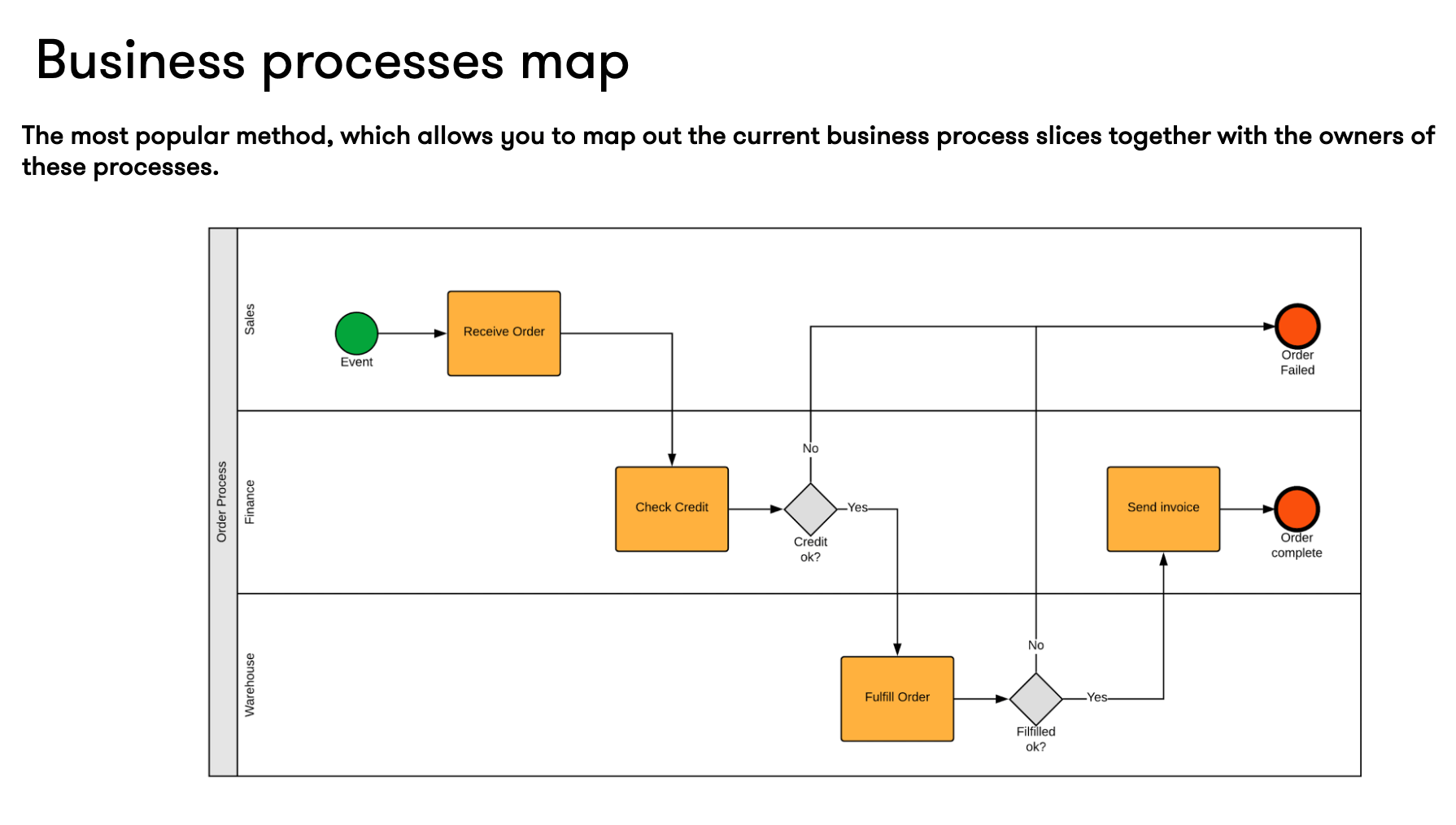How AI changes business
It is no longer just a scientific or futuristic topic. AI is a tool that is increasingly present in everyday business. From chatGPT to advanced data analysis systems, it is changing the way businesses make decisions, optimise processes and interact with customers. However, before implementing, it is crucial to understand its limitations and potential.
Let’s start by understanding artificial intelligence and how it learns. First of all, it is a broad term that covers a wide range of technologies, from machine learning to deep learning. There are different methods of learning AI, including supervised, unsupervised and reinforcement learning, each with its own specific applications and limitations. In a business context, it is important to understand how these methods can contribute to solving specific problems.
Application in business: potential and challenges
This technology has huge potential to automate and optimise processes. It can help in extracting information from documents, predicting future market trends, analysing customer feedback, asset management and many other areas. It is important to carefully select models for specific tasks to avoid unwanted results.

Implementing this type of technology is not without its challenges. Maintenance costs, accuracy, technical difficulties such as understanding language nuances or susceptibility to bias, and behavioural limitations such as limited trust are just some of the issues organisations may face. There are also risks associated with service interruption and issues of privacy and data control.
How to find business processes that will benefit from implementation
Identifying the business processes that can benefit from any technology implementation is key. Methods such as a business process map or service diagram can help analyse and select areas for automation. It is also important to consider the level of readiness of the organisation to adopt new technologies, from lack of awareness to full AI autonomy.

While solutions such as OpenAI products are popular, there are also free, pre-trained models that can be useful for organisations looking for more customised or secure solutions. Models such as LLaMA 2 (Meta), Google Tensorflow, PyTorch or Keras can provide greater flexibility and control.
Future opportunities
Artificial intelligence has the potential to deliver significant business benefits, but it requires an informed approach to selecting tools, identifying the right processes and managing the challenges. By understanding the technology, its potential and its limitations, organisations can effectively implement new solutions to increase efficiency and innovation.



